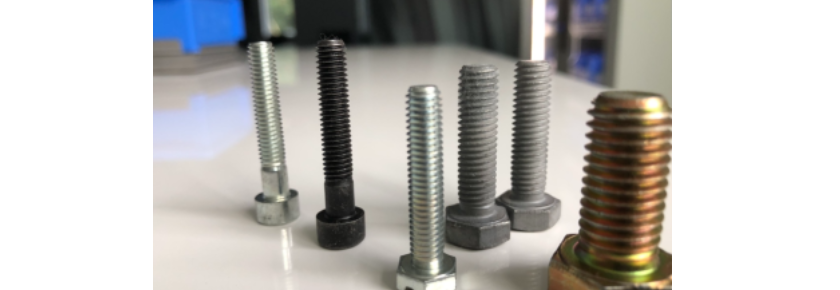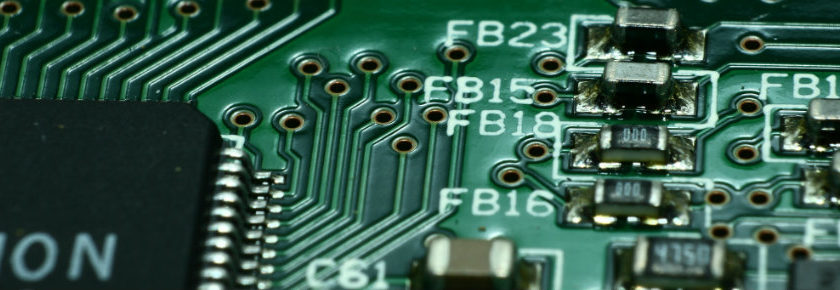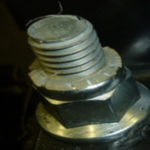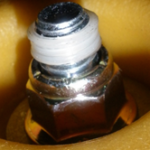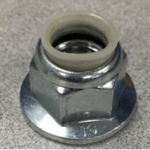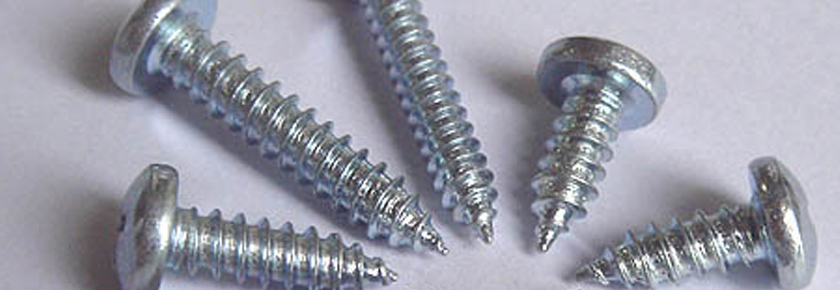In the dynamic world of manufacturing and engineering, fasteners play a crucial role in ensuring the integrity and longevity of assembled components. When it comes to threaded connections, issues like thread damage, wear, and stripped threads can pose significant challenges. This is where Helicoil inserts come to the rescue, offering a reliable and effective solution for thread reinforcement.
While widely known for its use in stripped thread repair for bolted joints, threaded inserts also allow for a strengthened threaded hole in softer materials like wood, plastic, composite sandwich panels, and softer metals such as aluminum. This attribute gives helicoil inserts an important role in today’s modern manufacturing with 3-D printed parts, lightweighting, composites, and increased use of plastics.
What are Helicoil Inserts?
Helicoil inserts are precision-engineered coils of wire with a diamond-shaped cross-section. These inserts are designed to be installed into a tapped hole, providing a stronger and more durable threaded connection. This is especially useful where you need to have a durable, reusable thread that is stronger than the surrounding material or in softer metals prone to galling.
Helicoil and 3-D Printed Manufacturing
3-D printed parts require post-processing before they are ready for assembly. In addition to the usual finishing techniques of sanding and smoothing, metal inserts should be used where bolted joints are required. This adds durability to your threaded hole to allow for repeat assembly and disassembly as well as providing clean engineered threads.
Helicoil and Composite Panels
Core Blocking allows Helicoil inserts to be used to create a solid mounting point in composite honeycomb and skinned core panels by installing a solid block of material into the panel core to accommodate a drilled hole and helicoil insert.
Suitable for high-volume production
Helicoil offers power tools and strip feed options to speed up assembly with precision in production environments. These tools can be configured for hand-held operation or mounted for repeat accuracy during assembly.
Threaded inserts have evolved from their humble beginnings in the aerospace industry and their utility has far outstripped their reputation in thread repair. With a wide range of inserts and coated options available, Helicoil has an insert for your application. The Assembly Technology Experts at Bossard are more than happy to discuss threaded inserts in greater detail. Contact us to find the right fasteners for your application at ProvenProductivity@bossard.com.




